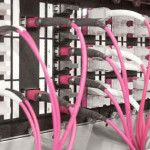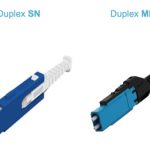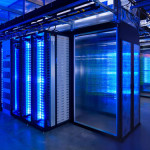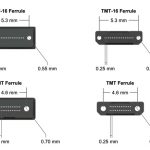According to the press release, Microsoft plans to spend $80 billion by 2025 to expand its AI and data center infrastructure. about 60% increased from the year 2023 ($50 billion CapEx). This investment underscores the company’s commitment to advancing AI technologies and supporting the growing demand for cloud services and data processing capabilities, half of the investment we be spend through June in the United States.
Role of 800G Transceivers in AI Data Centers
As AI workloads require ultra-fast data transmission and low latency, the architecture of data centers is evolving. High-speed optical transceivers, QSFP-DD and OSFP modules are critical components in the AI data centers.
800G QSFP-DD and OSFP Transceivers
High Bandwidth: 800G QSFP-DD and OSFP transceivers support data rates of up to 800 Gbps, making them ideal for AI-driven applications that require massive data processing.
Backward Compatibility: 800G QSFP-DD transceivers are compatible with existing QSFP+/QSFP28/QSFP56 modules, allowing seamless integration into current infrastructure, and also QSFP-DD transceivers can be used with QSFP-DD to OSFP Adaptors.
Energy Efficiency: Advanced thermal designs and lower power consumption per bit make them suitable for large-scale deployments in hyperscale data centers.
Flexibility: These transceivers support multiple modulation schemes (NRZ and PAM4) and can be used in various network environments, including Ethernet, CWDM/DWDM, and data center interconnects.
Comparison between QSFP-DD and OSFP Transceivers:
QSFP-DD: Preferred for telecommunications and data center environments due to its compact size and backward compatibility.
OSFP: Slightly larger but offers better thermal performance and higher power handling, making it suitable for future upgrades to 1.6T and beyond.









